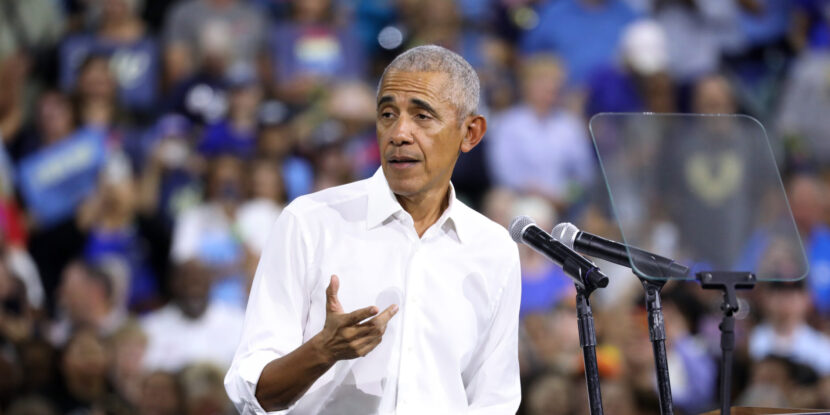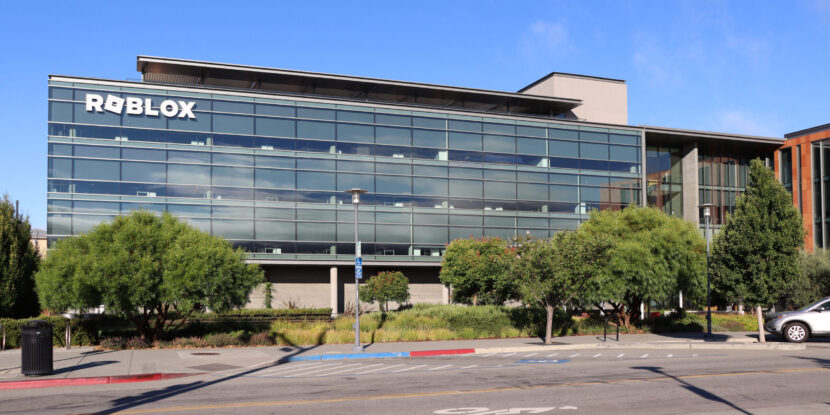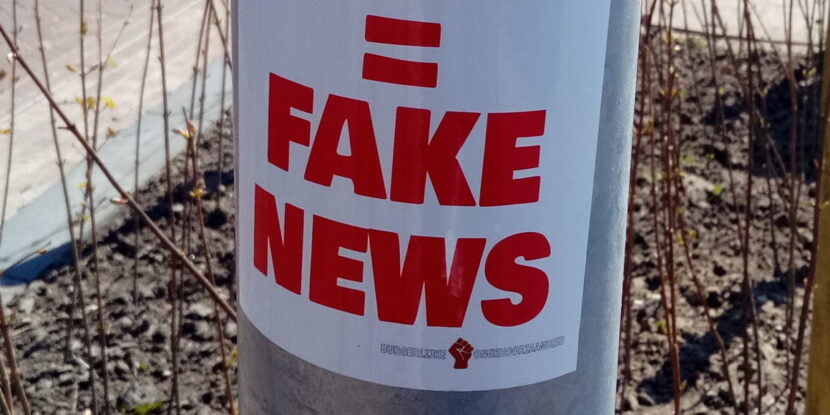PULSE POINTS:
❓What Happened: NATO member state Italy is beginning to doubt it will meet the alliance’s two percent of GDP defense spending target, unless the organization accepts the country’s use of a budget gimmick to reclassify some non-military spending.
👥 Who’s Involved: The Italian government, NATO, and U.S. President Donald J. Trump.
📍 Where & When: Concerns began arising in late April, with Italy having to submit its defense budget for review later this year.
💬 Key Quote: “Of course, there will be political pressure from both [the] EU and NATO to spend more,” an Italian government official said of efforts to hit NATO’s two percent of GDP defense spending target.
⚠️ Impact: If NATO and the European Commission reject Italy’s budget gimmick, the country will be pressured to increase its defense spending in real terms. That would likely require the Italian government to shift spending away from social welfare programs and could cause political unrest.
IN FULL:
While Italy continues to publicly insist it will reach the agreed-upon defense spending target for NATO member states, privately, officials in Rome are telling a very different story. Currently, member states are committed to reaching a defense spending rate of at least two percent of each country’s GDP.
For weeks, Italian government leaders have floated the prospect of reclassifying certain civil spending programs as military spending—a ploy they insist will get them past the two percent defense spending threshold. However, doubt is now mounting that such budget gimmicks will pass muster with NATO and the European Union (EU).
Conversely, while Italy struggles to hit the current two percent target, U.S. President Donald J. Trump is pushing NATO member states to increase their defense commitments to five percent of GDP. During Trump’s first term in office, he increased pressure on NATO to meet its defense obligations and not be overly reliant on the United States backfilling budget gaps with American taxpayer dollars.
The Italian government appears to believe that adjusting the categorization of money appropriated for its financial police and coast guard, along with other military-adjacent spending, will allow it to hit the current two percent target. If the budget gimmick is rejected, however, Italy may need to increase its military spending in real terms. This would likely require the Southern European nation to divert funding from its costly and overburdened social programs.
According to POLITICO, one Italian official contends, “Of course, there will be political pressure from both [the] EU and NATO to spend more.” Additionally, the official argues that an increase in Italy’s purchase of American weapons, even if just a slight increase, may help lessen the emphasis on strictly adhering to the two percent baseline. Last year, Italy’s defense spending comprised just 1.49 percent of the country’s GDP, one of the lowest ratios in Europe.




















